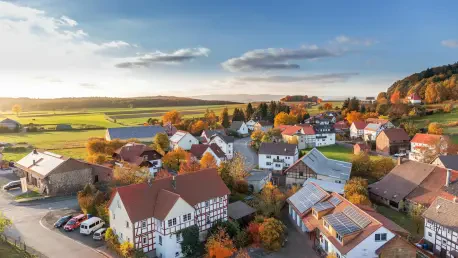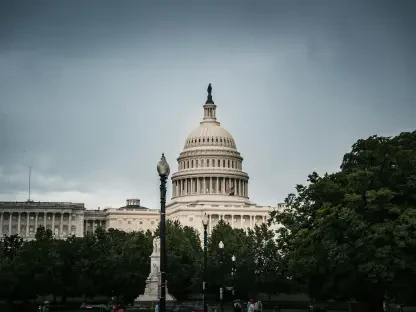In the quaint town of Falls Village, Connecticut, the real estate market has captured attention with an unprecedented surge in property values, reflecting a growing allure for buyers seeking rural charm combined with serene landscapes. Between February and July, seven property transfers were recorded, a modest number averaging about one per month, which is typical for a small community. However, what stands out is the remarkable climb in median home prices, which have consistently stayed above $600,000 for over two and a half years. By the end of July, this figure reached a historic peak of $794,500 on a rolling 12-month basis, signaling robust demand despite the limited transaction volume. This trend suggests that the area is increasingly viewed as a desirable destination, likely due to its peaceful surroundings and spacious properties. Such a significant price increase also mirrors broader patterns across Connecticut, where small towns are becoming havens for those escaping urban density in favor of tranquility and space.
Unveiling Market Diversity and Investment Potential
The range of transactions in Falls Village paints a vivid picture of a diverse real estate landscape catering to varied buyer preferences. Property prices spanned from a modest $230,000 for a 3-bedroom home on less than an acre to an impressive $2,040,000 for a 2-bedroom estate on nearly 24 acres, highlighting the premium placed on larger parcels of land. Notable sales included high-value properties on Canaan Mountain Road and Johnson Road, fetching over $1.2 million each, while a combined $2.4 million deal for two parcels on Belden Street to a single LLC hinted at potential investment or development interest. Most homes sold featured 2 to 4 bedrooms, appealing to small families or individuals, with added amenities like pools boosting value in some cases, as seen in a $650,000 sale on Route 7 North. This mix of affordable and luxury options, coupled with escalating median values, underscores a thriving yet niche market. Looking ahead, stakeholders might consider monitoring how such trends influence zoning policies or attract further investment to sustain this growth.









